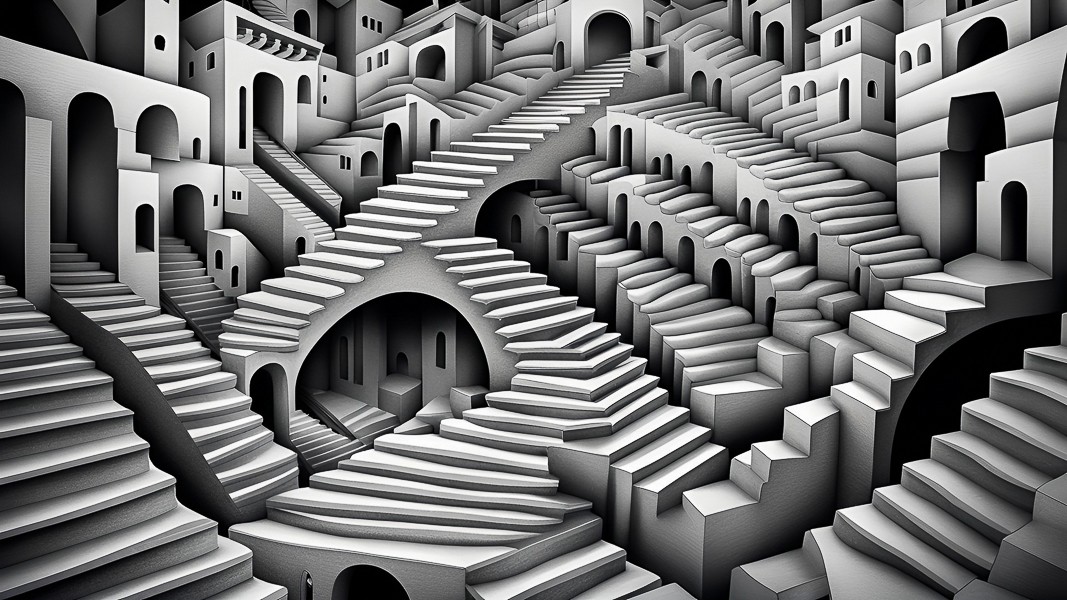Op Art
What is Op Art?
Op Art, a dynamic movement that emerged in the 1960s, is a distinctive form of abstract art that leverages optical illusions and visual effects to engage viewers actively. Characteristics of Op Art, within the realm of abstract art, include:
1. Geometric Abstraction: Op Art relies heavily on geometric shapes, lines, and patterns, employing these abstract elements in precise arrangements to create visually striking effects.
2. Illusions of Movement: Op Art artworks, as a subset of abstract art, skillfully craft illusions of movement or vibration. This manipulation of perception contributes to the dynamic and ever-changing nature of the visual experience.
3. Contrast and Interaction: High-contrast color combinations, often a hallmark of abstract art, play a vital role in Op Art. The interaction of complementary colors enhances the optical effects, creating a vibrant and engaging abstract composition.
4. Repetition and Precision: In the context of abstract art, Op Artists use repetitive elements with meticulous precision, contributing to the optical effects and the overall visual impact of the artwork.
5. Flat Surfaces: Op Art works typically feature flat surfaces, aligning with the two-dimensional nature often associated with abstract art. Depth cues are deliberately eliminated to focus on the surface and optical effects.
6. Influence of Science and Technology: Op Art, like abstract art in general, draws inspiration from scientific principles. Concepts from color theory and the psychology of perception are integrated into the artistic process, adding intellectual depth to the visual experience.
7. Interactive Viewer Experience: Abstract art, especially in Op Art, encourages an interactive experience. Viewers actively engage with the artwork, and as they move or change their perspective, the optical effects intensify, contributing to a dynamic and immersive encounter.
Prominent Op Art artists, operating within the realm of abstract art, include Bridget Riley, Victor Vasarely, and Yaacov Agam. The movement’s impact extends beyond traditional art boundaries, influencing design, fashion, and architecture with its abstract and visually captivating principles.
What does op stand for in art?
“Op” in art stands for “Optical.” The term is derived from the full name of the art movement known as “Op Art,” which is short for “Optical Art.” Op Art emerged in the 1960s and is characterized by the use of optical illusions and visual effects to create artworks that engage and challenge the viewer’s perception. Artists associated with Op Art, such as Bridget Riley and Victor Vasarely, employ geometric shapes, precise patterns, and contrasting colors to achieve dynamic and often mesmerizing optical effects in their works.


